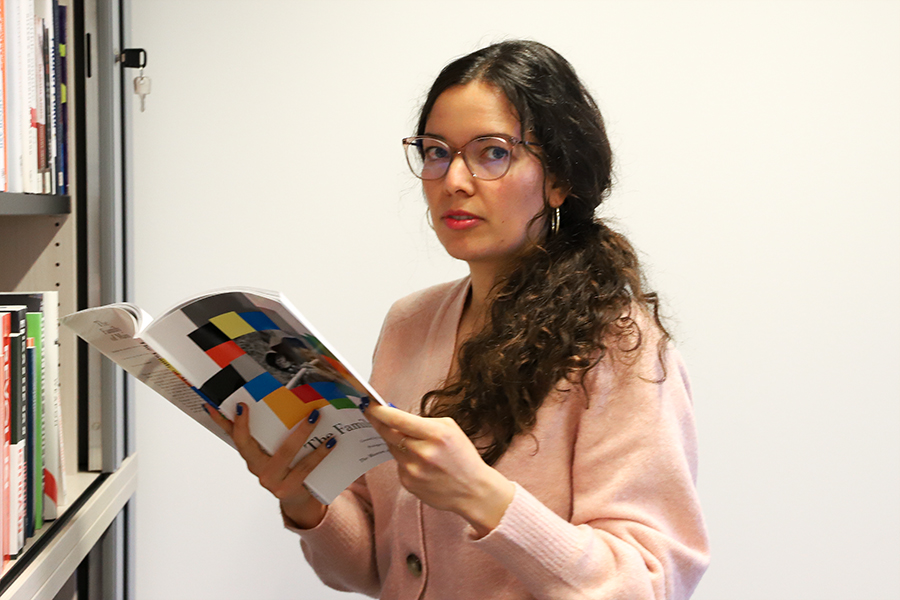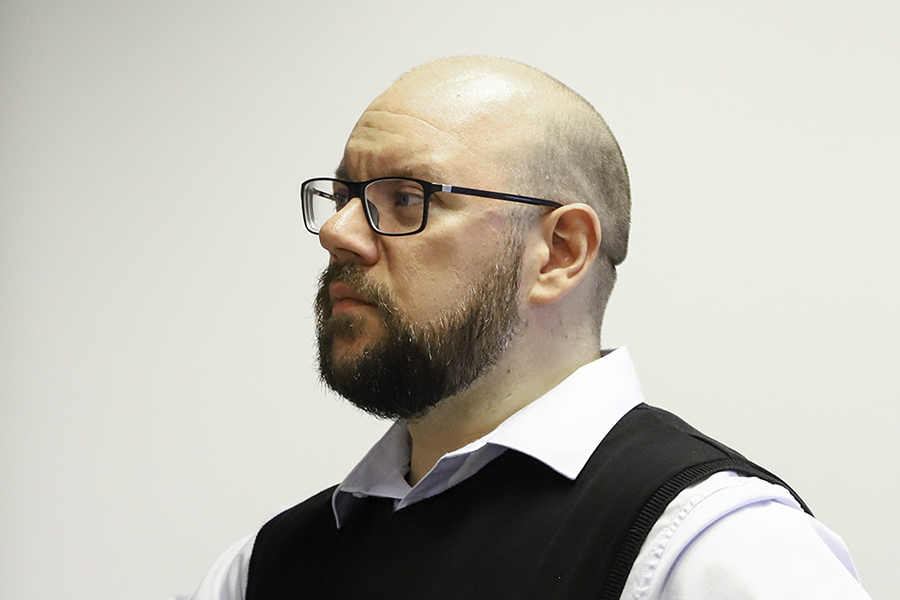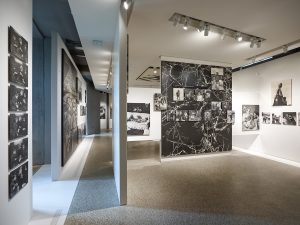On the International Day of Audiovisual Heritage, the Luxembourg Centre for Contemporary and Digital History (C²DH) is excited to announce a groundbreaking research project that will shed new light on the history of the iconic “Family of Man” photographic exhibition and its significance on the international stage during the Cold War. Additionally, the project will study how the exhibition was received in Luxembourg, revealing the reactions and insights of the local audience. The research is led under the supervision of Prof. Andreas Fickers of the C²DH and in collaboration with the Centre National Audiovisuel (CNA).
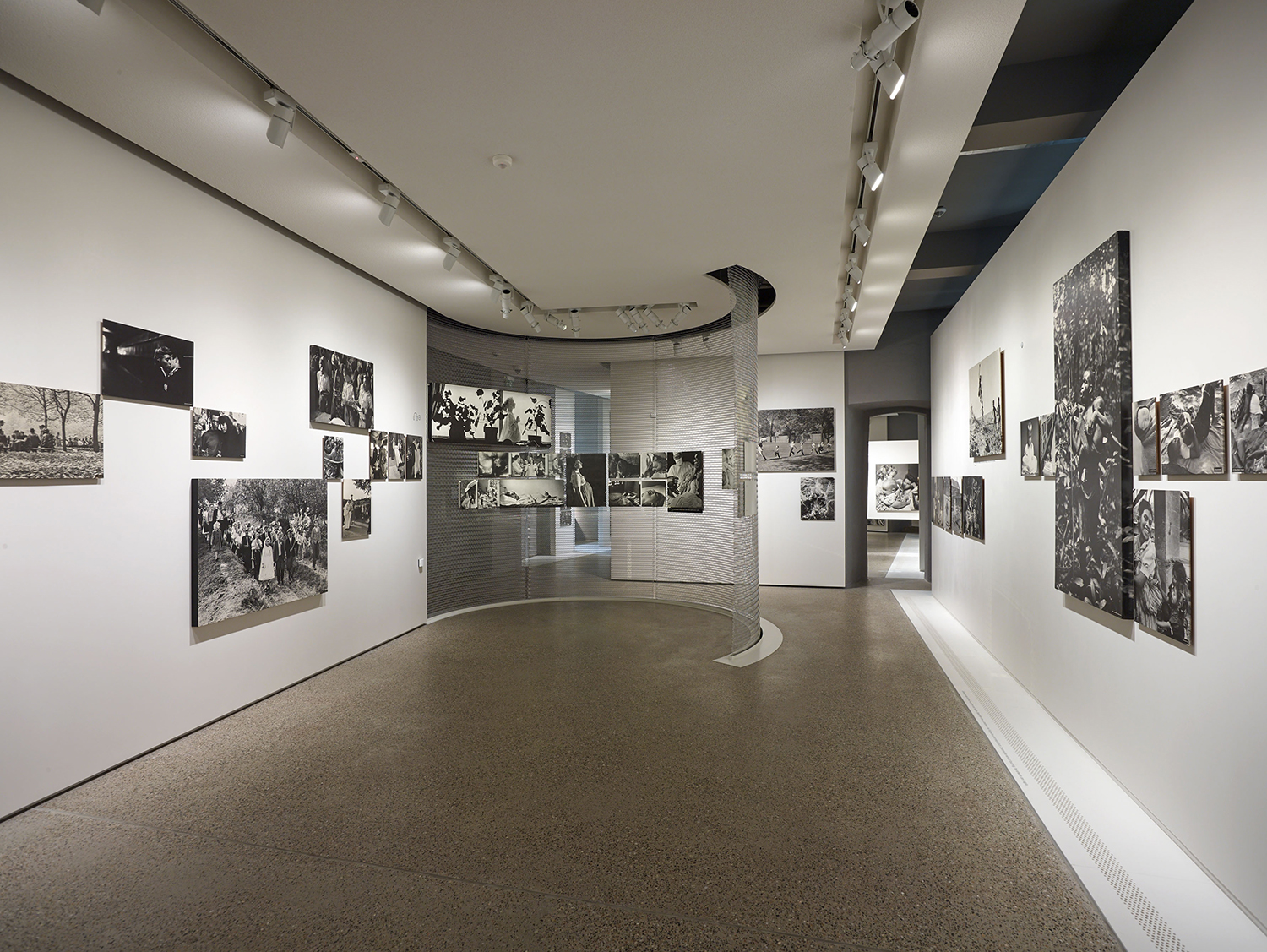
Gallery view at Clervaux Castle © Romain Girtgen/ CNA, 2021
In Luxembourg, when you think Family of Man, you usually think Clervaux Castle. A trip to the picturesque city in the north of Luxembourg will usually entail a visit to the castle, which hosts Edward Steichen’s famous photographic exhibition. Since 1994, the Family of Man has been permanently exhibited in Clervaux. But where was it before?
The exhibition premiered at the Museum of Modern Art in New York in 1955, where Edward Steichen was the director of the photography department. After that, it was managed by the United States Information Agency (USIA) and toured 37 countries before finding a permanent home in Luxembourg.
The Family of Man on Tour
At the height of the Cold War, the USIA used the travelling exhibition to display the American way of life to an international audience. However, Steichen had curated the exhibition to show that all of mankind is alike and thus constitutes one single ‘family of man’. This ‘family’ was now threatened by nuclear annihilation during the Cold War, which was emphasised by the only colour photography in the original exhibition: a nuclear explosion. Steichen’s work was deeply affected by his first-hand experience as a war photographer during both world wars, and the Family of Man was a pacifist project from the point of view of its curator.
Although the exhibition’s world tour focused on North America, Europe, and East Asia (Japan and South Korea), it would go beyond the Iron Curtain (Poland and the USSR) and to several countries in the Global South (Guatemala, Chile, South Africa, Egypt, Afghanistan), many of which had only recently become independent nations (India, Sri Lanka, Indonesia, the Philippines, Laos, Lebanon, Syria). In the Cold War, both the USA and the USSR were seeking to widen their influence in these newly independent countries. Therefore, it was little surprising that the USIA used the Family of Man there to depict Western ideals.
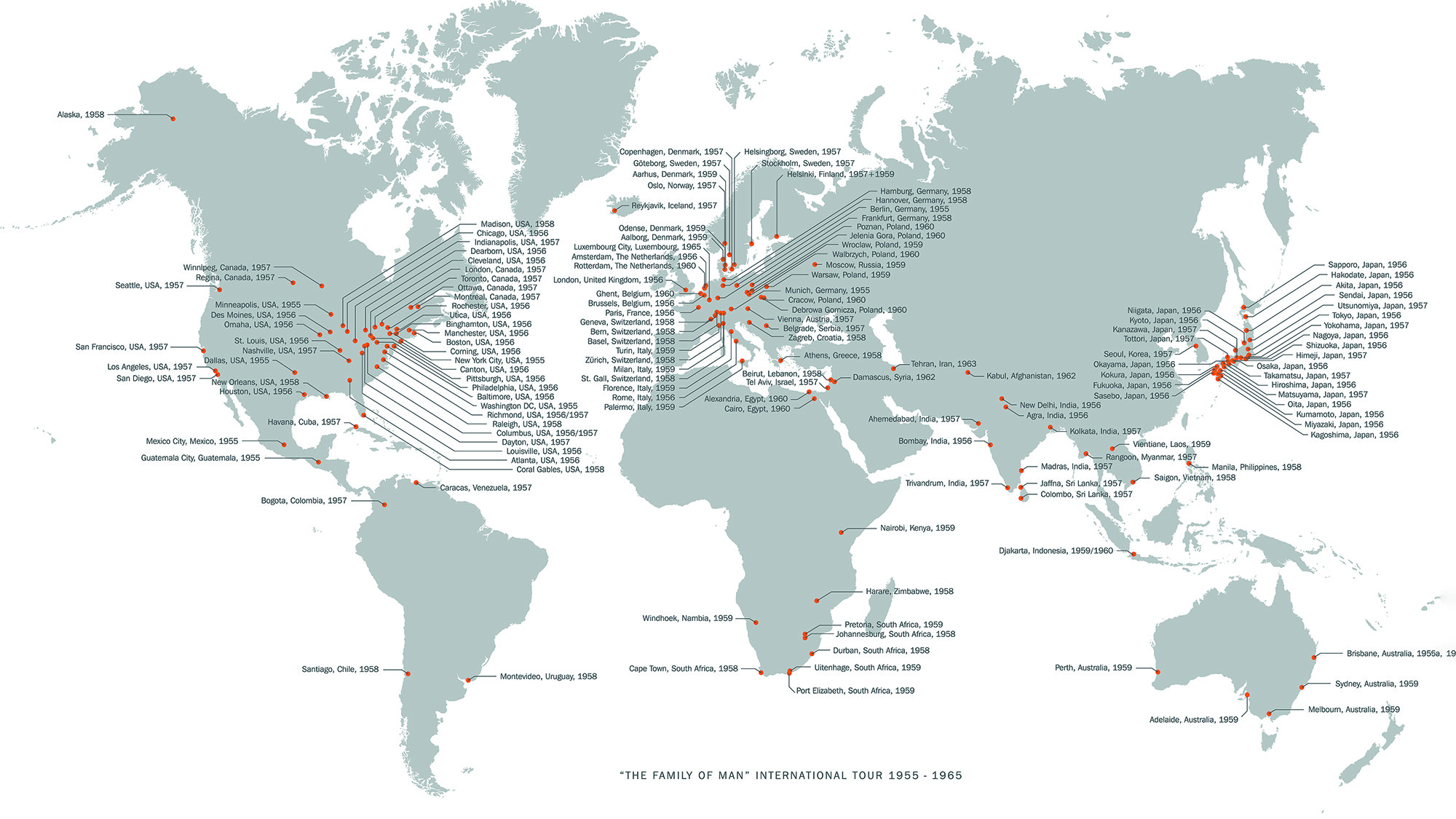
The Family of Man international tour 1955-1965. Map created by the CNA.
The International Reception
One researcher, Emilia Sánchez González, will focus on the Family of Man world tour and analyse how the exhibition (and its message) was adapted for the various places it travelled to. Besides looking closely at archival material (letters, visitor books, newspapers), she will travel to some of the tour’s stops and use public history approaches to engage current audiences with the exhibition’s history.
Working with local institutions, she will organise interactive, community-based events and invite participants to share their thoughts and ideas about the photographs, the cultural and political contexts, and memories passed from earlier generations. With some luck, Emilia might find people who have first-hand memories. All possible media will then be digitised, forming a public archive of the Family of Man’s world tour.
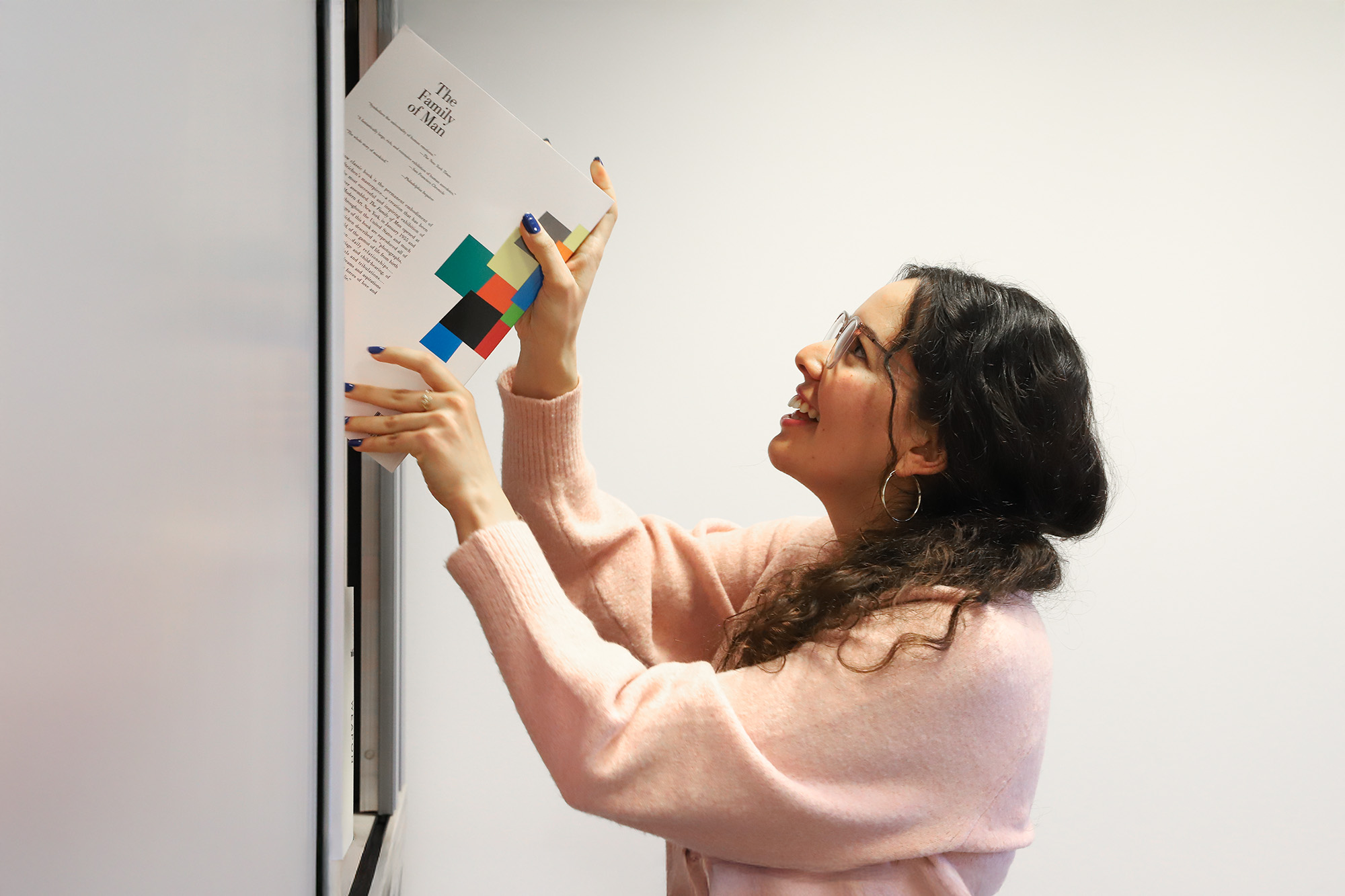
Emilia Sánchez González
The Family of Man in Luxembourg
The other researcher, Claude Ewert, will focus on the exhibition’s reception in Luxembourg, which was initially quite frosty when the Luxembourgish authorities told Steichen that photography is no art. In 1952, Steichen’s idea was that the Family of Man world tour would start in Luxembourg. However, he was told off, and Luxembourg was scrapped from the list. After the world tour, the USA gifted the exhibition to the Grand-Duchy, hoping it would become a permanent exhibition in the Castle of Clervaux. But the 503 photographs initially remained in their coffers.
As Luxembourg’s cultural policy underwent many transformations in the post-war period, so did its perception of the Family of Man. Steichen eventually reconciled with Luxembourg. When the Luxembourgish Ministry of Culture finally recognised the artistic value of the Family of Man, it became a permanent exhibition in 1994. The exhibition underwent a nation-branding in light of the Luxembourgish capital becoming European Capital of Culture in 1995.
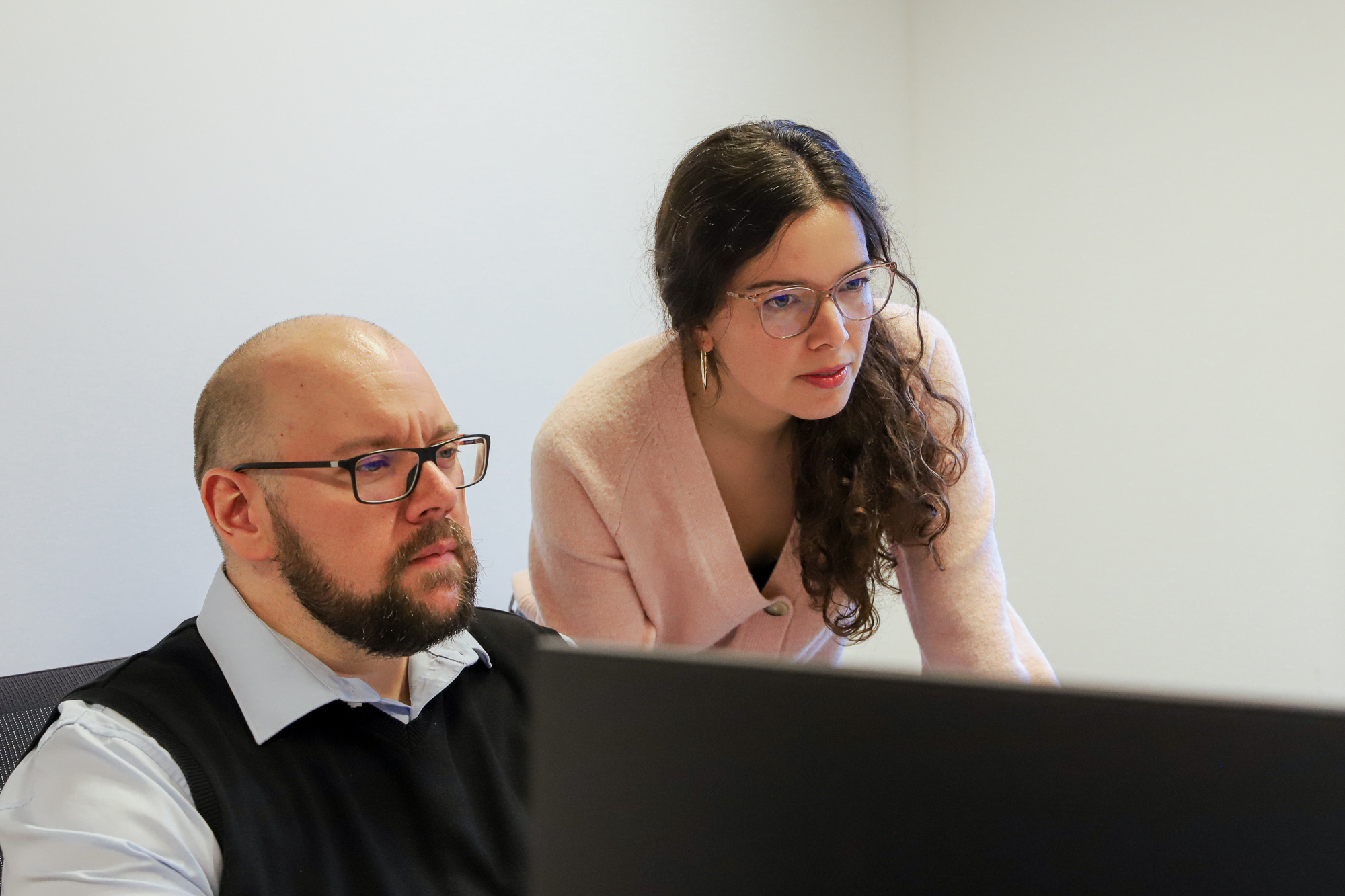
Claude Ewert and Emilia Sánchez González
Methods and Results
Next to the community events for the international reception, the local aspect of the Family of Man will be assessed by oral history methods: people involved with the Family of Man, or of the Luxembourgish cultural sector will be interviewed about their experience of working with the Family of Man but also what the exhibition means to them. To understand the current reception of the exhibition, a visitor survey will be conducted in Clervaux.
The results of this three-year-long project will be presented in the form of academic publications and a PhD dissertation, but not only. To contribute to the C²DH’s goal of making their research results as accessible and as varied as possible, a graphic novel about the Family of Man will be published. Furthermore, a website with an interactive map will be designed, allowing the user to explore the differing perceptions of the Family of Man in many of the places it visited during its world tour.
The project received funding by the Luxembourg National Research Fund (FNR).
Meet the researchers

